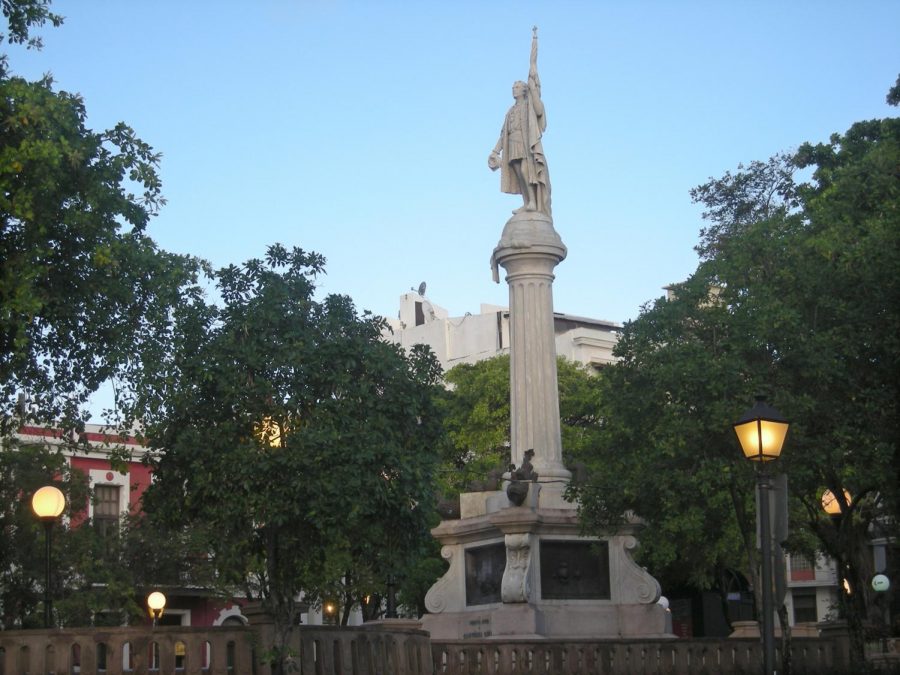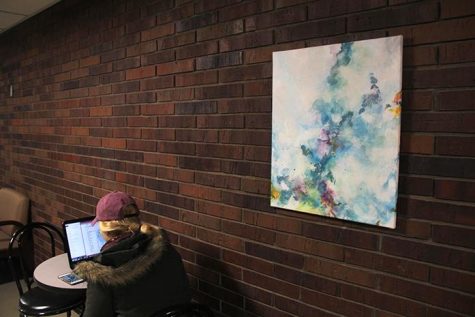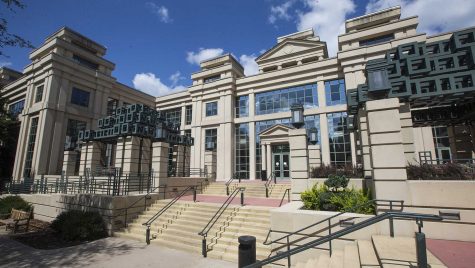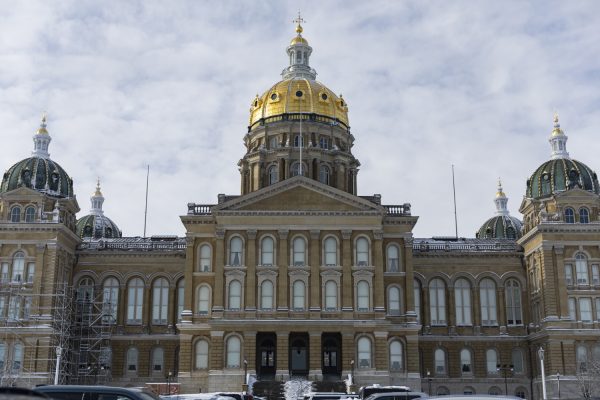Rosario: A closer look at Christopher Columbus
Although some inaccuracies about Christopher Columbus persist, they don’t change the fact that the colonizer was pretty much as heinous as you already thought.
A statue of Christopher Columbus stands on a plaza in Old San Juan. (Bob Downing/Akron Beacon Journal/MCT)
October 7, 2018
Like many Americans, I learned the mythologized version of Christopher Columbus in elementary school — that he proved the Earth was round (he did not — it was common knowledge at the time), that he was Italian (Italy was founded in 1861, and he was born near Genoa, which is part of Italy today), and that he discovered America (he actually thought he was in Asia and never set foot in what is now the mainland U.S.).
Each year, more cities and states are opting to celebrate Indigenous People’s Day instead of Columbus Day. Iowa City and Davenport did so last year, and for good reason — Columbus represents a brutal legacy of terrorizing Native Americans.
Instead of the man being as American as apple pie, the atrocities of Columbus have rightfully become more integral to our understanding of him. But some critics say that historical inaccuracies have contributed to another one-sided view of the explorer — as villain rather than hero.
It’s true that in our reckoning with Columbus’ evils, some claims are misleading and writings have been taken out of context. But these revelations don’t change Columbus’ prevailing legacy of cruelty.
RELATED: Indigenous Peoples’ Day declared Oct. 9
A common misconception about Columbus is that he committed mass genocide. Historians have refuted this claim, as he was more interested in profiting from and enslaving Native Americans than killing them. A descendent of Christopher Columbus really milked this fact in an op-ed last year, in which he said of his ancestor, “History has some truly evil people. Columbus is certainly not one of them.”
Still, this misunderstanding doesn’t erase Columbus’ enslavement of Native Americans, under which many of them died. In a 1495 letter, explorer Michele Da Cueno describes how Columbus ordered the seizing of 1,500 natives on Hispaniola. Columbus let 400 go, sent 500 to Spain, and condemned another 600 to be enslaved by Spanish men on the island. Around 200 of the 500 died on the voyage, and the Spanish threw them into the Atlantic. Sure, Columbus probably didn’t mean to kill them, but his inhumane decisions elicited that result.
RELATED: UI students rally for Indigenous Peoples Day on the Pentacrest
A letter written by Columbus that describes sexual slavery is often taken out of context. In part, it says, “There are plenty of dealers who go about looking for girls; those from nine to 10 are now in demand, and for all ages a good price must be paid.” Some readers interpret this quote as Columbus endorsing what’s happening. However, he seems to condemn it a sentence later, writing, “I assert that the violence of the calumny of turbulent persons has injured me more than my services have profited me … a number of men have gone to the Indies who did not deserve water in the sight of God and of the world.”
But nowhere in the letter does Columbus allude to stopping this abuse, so his words can hardly be a reflection of great moral character. Other documents record Columbus more explicitly as a sexual predator. Another letter from Cueno describes how Columbus kidnapped a Carib woman and gave him to Cueno, who beat and raped her.
RELATED: Recognizing indigenous peoples in early America
For historical purposes, it’s certainly worth deciphering what Columbus actually believed and did. But unlike the portrayal of Columbus as a hero — which is almost entirely based on fiction — the vilification of Columbus is merited by the entirety of his actions, though some inaccuracies have persisted. Contrary to the headline of a Washington Examiner op-ed last year, we should not “give Columbus a break.”
Columbus Day has only been a federal holiday since 1934. The U.S. should follow the lead of four states and 55 cities by celebrating Indigenous People’s Day — people actually worth celebrating — instead.




















